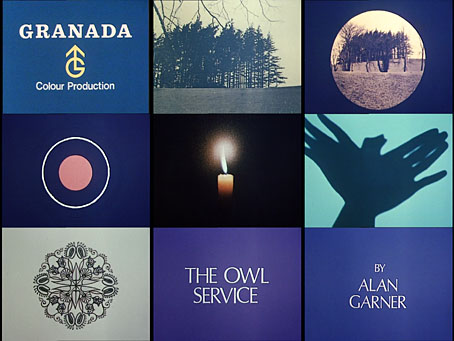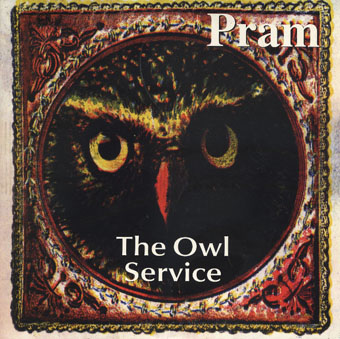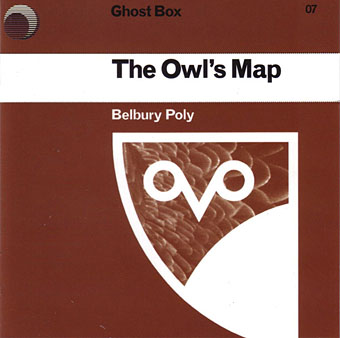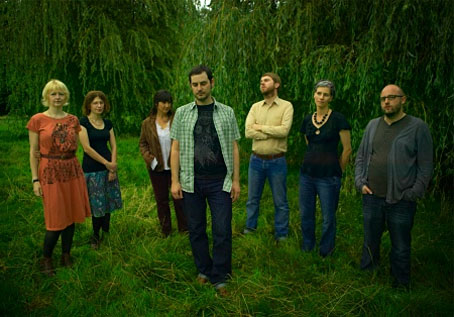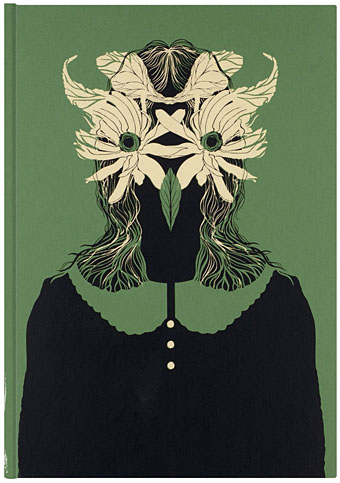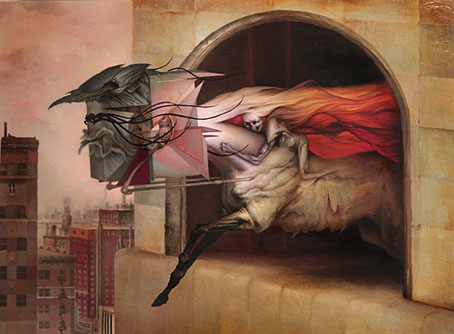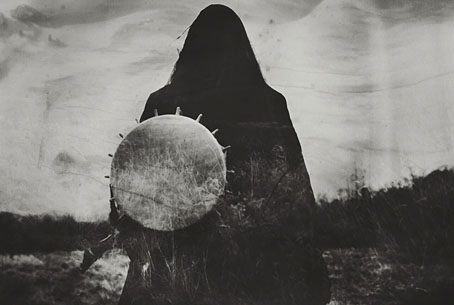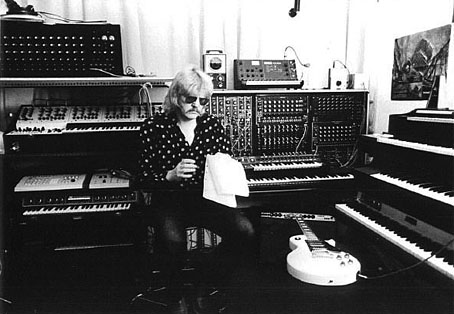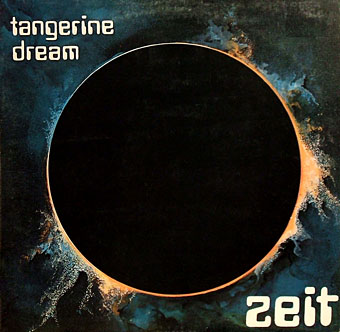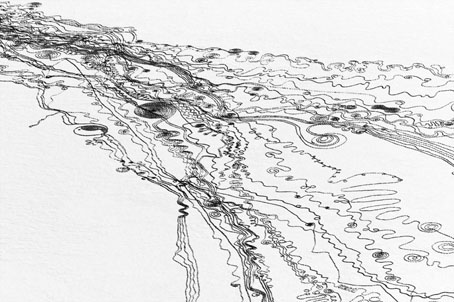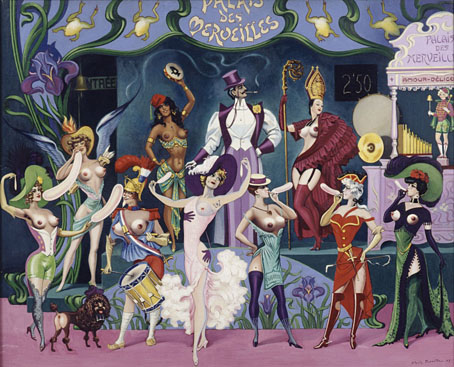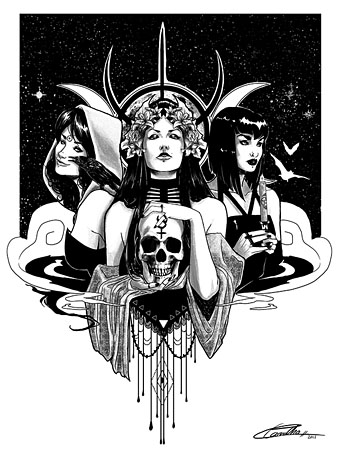1: The pattern

2: A novel by Alan Garner
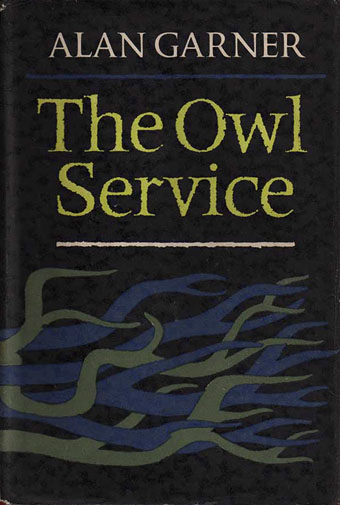
The Owl Service (1967). Cover design by Kenneth Farnhill.
3: A Granada TV serial
The Owl Service (1969). Eight episodes, written by Alan Garner, directed by Peter Plummer.
4: A diversion
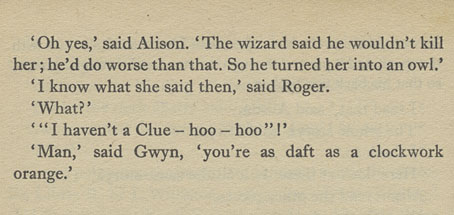
Chapter 8 of The Owl Service.

Gillian Hills as Alison in The Owl Service.
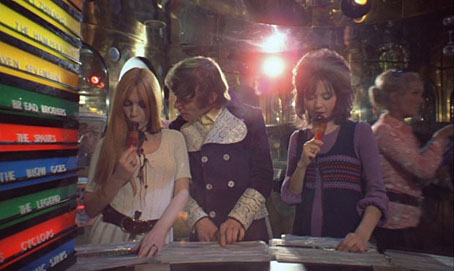
Gillian Hills (left) as Sonietta in A Clockwork Orange (1971).
5: A single by Pram
The Owl Service (2000) by Pram. Cover art by Mary Jo Bole.
6: Ghost Box
The Owl’s Map (2006) by Belbury Poly. Design by Julian House.
Track 1: Owls And Flowers
As The Crow Flies (2011) by The Advisory Circle. Design by Julian House.
Track 11: Learning Owl Reappears
7: A group
8: A Folio Society edition
The Owl Service (2013) by Alan Garner, illustrated by Darren Hopes.
9: Twelve audiological pathways
In Every Mind: Transmission Resonances, Volume 1 (2015) by A Year In The Country.
Transmission Resonances: Volume 1 takes as its wellhead the continuing reverberations of the 1969 cathode ray version of Alan Garner’s The Owl Service.
It pushes open the attic door from whence the scratching descends and travels to places that surprised, intrigued and even delighted our good selves when it was being shaped on our own particular audiological potters wheels.
Previously on { feuilleton }
• To Kill a King by Alan Garner
• Red Shift by Alan Garner

